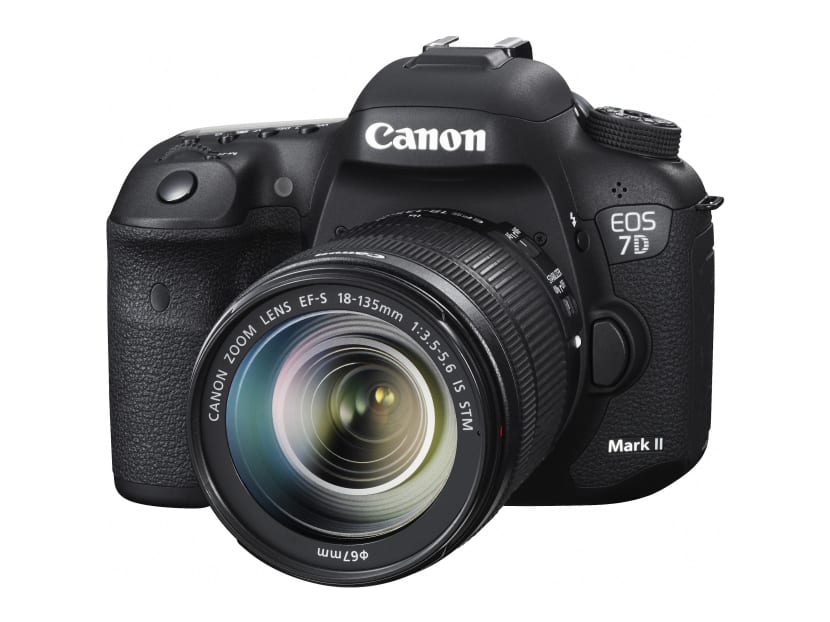Canon’s 10-frames-a-second workhorse
SINGAPORE — Without a new launch after more than four years since the release of the EOS 7D, many thought Canon had dropped its top-range crop-frame model in favour of full-frame ones. This was until Canon sprang the 7D Mark II on us.

Canon's EOS7D Mark II. Photo: Canon
SINGAPORE — Without a new launch after more than four years since the release of the EOS 7D, many thought Canon had dropped its top-range crop-frame model in favour of full-frame ones. This was until Canon sprang the 7D Mark II on us.
Targeted at hobbyist photographers interested in sports and nature, the 10 frames per second (fps) beast functions like a dream. When shooting a subject running towards the camera, a consistent eight of 10 of my frames were focused correctly.
When the shutter is pressed continuously for 10 seconds, the camera takes about 80 usable shots and writes 100 JPEG shots into a Class 10 SD card with close to no buffer time. If you need to shoot for more than 10 seconds continuously, it can hold 130 JPEG files and 31 raw files in buffer. Aptly accompanying its fast burst rate, the camera also possesses a greater durability with a maximum shutter release cycle of 200,000, up 50,000 from its predecessor.
The camera’s high hit rate can be credited to its new tracking and recognition Auto Focus system. It can be customised as needed, but also has six preset auto focus settings, primarily catered to shooting different types of sports.
For a track-and-field event, the camera marks out a multipurpose mode. For a tennis match, it can be told to track a subject while ignoring others. And for a football game, the device can keep up with subjects that accelerate or decelerate quickly.
The 7D Mark II boasts an image-processing chip that not even the higher range 5D Mark III is equipped with. Its dual DIGIC 6 image processors are the latest technology from Canon, allowing the 20.2-megapixel APS-C CMOS sensor camera to shoot with significantly less noise than its 7D predecessor under low-light conditions, even at its highest bracket at ISO 16,000.
Processed through the same chip, the video function reaps the same benefits above the full HD 60p video quality it can shoot at. Its interval and bulb-timer feature makes it the first to be able to shoot time-lapse movies and long-exposure shots without the need for a separate remote. It is also the first to feature a USB 3.0 digital terminal for quick transfer of photos.
The 7D Mark II is pitching itself as a worthy second camera to do everything else that lower-range professional cameras cannot. It has the features of the S$9,299 1Dx in the build of a S$4,499 5D Mark III, weighing in slightly less at 820g.
The camera holds itself well against the 5D Mark III, which can shoot up to only 6fps. The 7D Mark II comes with a CF and SD memory-card slot and you can record images and videos on both cards simultaneously. The camera retails for S$2,499 at authorised dealers. WONG PEI TING







